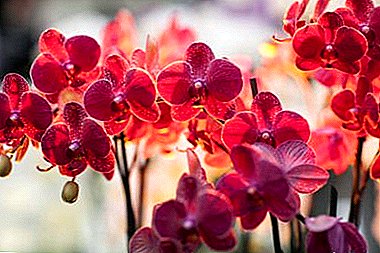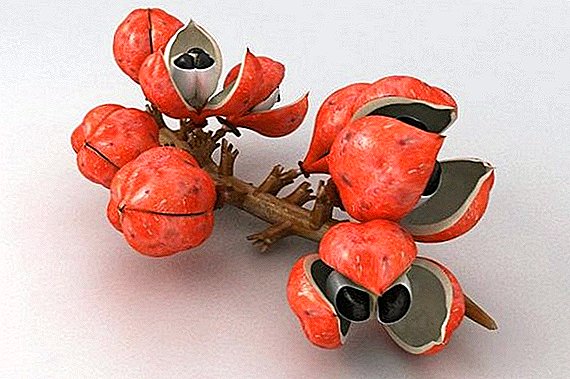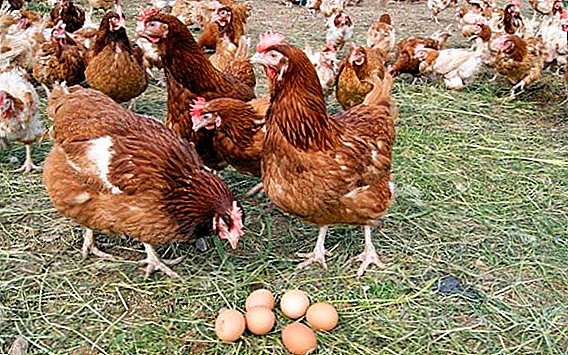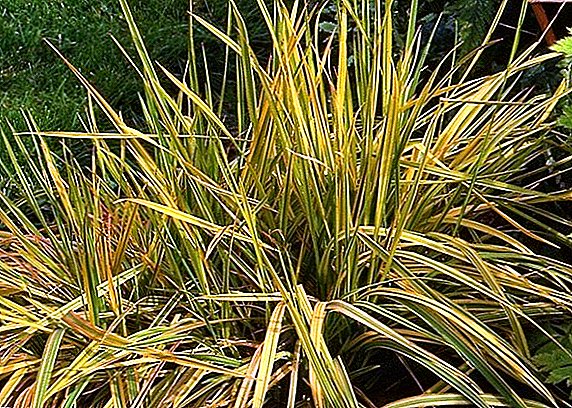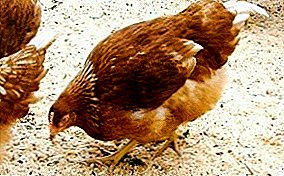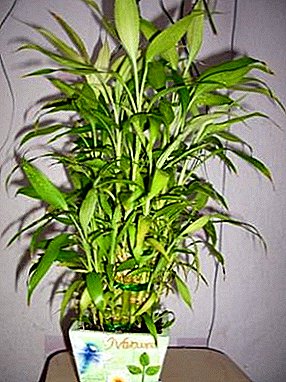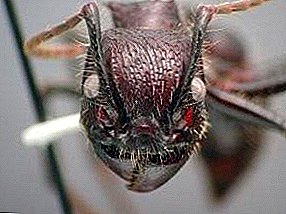
Ants are descended from the times of dinosaurs: large seven centimeter ancestors of these social insects lived 140 million years ago, in the Cretaceous period.
They now live on all continents, with the exception of Antarctica, as well as Iceland, Greenland and some particularly remote islands.
REFERENCE: The total weight of ants is from 10 to 20% of the biomass of all land animals inhabiting a particular region, and in the tropics the proportion of "ant weight" reaches 25%.
These viable insects are numerous not only in terms of total number, but also in species composition.
Species diversity of ants and features of their settlement
The biological classification refers all ants to family formicides (Formicidae) and hymenoptera order, which also includes bees, wasps and bumblebees. Indeed, ants, more precisely, ant queens, are winged in the short period of reproduction. Then the founder of the new anthill builds the first chamber of the future "palace", bites off her own wings, which she no longer needs and for a long, sometimes twenty-year-old life, gives birth to a numerous ant tribe, which, in accordance with its castes, will build, work, nurse larvae, get food and protect the territory.
Formicid in the ant family there are about 7,000 species. These thermophilic insects in the tropics are especially numerous and diverse, and the cold forest-tundra zone is the natural limit of their settlement.
Exotic, aggressive, dangerous and amazing types have formed in warm latitudes - paradise ant areas:
South American Ant Bullet with an exceptionally painful bite, the sensations from which are compared precisely with a bullet wound. The length of these insects reaches three centimeters.
Red fire ants. An aggressive Brazilian species, which was accidentally introduced to the southern part of the United States, ousted a large part of the indigenous ant, and then, through merchant ships, spread to Australia and China. The pain from the bite of insects of this species is the same as from a fire burn.
 Black Bull Ants live in Australia and Tasmania. The bite produces a strong poison, which, in addition to pain, often causes acute, deadly allergic reactions.
Black Bull Ants live in Australia and Tasmania. The bite produces a strong poison, which, in addition to pain, often causes acute, deadly allergic reactions.
Ants soldiers - roaming species found in South America and Africa. They spend a significant part of their lives moving in dense columns that destroy all living things in their path, unable to quickly escape. Not having a permanent anthill, they form a temporary refuge for breeding, forming a spherical colony of their own bodies, linked with each other.
Yellow antsLiving in Arizona, produce the strongest poison that can kill any animal weighing up to two kilograms.
Fortunately, in the middle lane these monsters of the ant world do not survive.
Lives 220 species ants in Russia and the CIS countries, which are distributed in full compliance with the temperature conditions - the more north the terrain, the smaller the number of species of ants living there:
- Caucasus region - more than 160 species;
- Ukraine - 74 species;
- Moscow region - 40 species;
- Arkhangelsk region - 24 species.
In the middle lane most often there are three species of ants:
- Red Mira with a body of yellow-brown-red color, not more than 6mm in length. This species feeds on insects, including pests, and also collects a sweet pad - sugary excretions of aphids.
- Red Forest Ant medium sized with a dark belly and reddish middle body segments is the main fighter against insects - forest pests. Listed in the international Red List of endangered species.
- Black garden ant reaches a length of 1 cm, destroys insects and collects the sweet pad of aphids. Black garden "queen" lives a record long term - 28 years.
A photo
Next you will see photos of all types of ants:




In addition to these natural species, almost universally found house, ship or pharaoh ant, first found in Egyptian tombs and, thanks to its small size and high adaptability, spread over large areas. The length of its yellow translucent yellow body with a dark belly does not exceed 5 mm. This heat-loving look settles exclusively in houses and apartments, multiplies rapidly, spoils the products to which it is able to get and can be a carrier of infectious diseases. Forms several colonies that ensure the preservation of numbers: if one nest is destroyed, the remaining insect accumulations will quickly restore the ant "livestock".
IMPORTANT: Pharaoh's ant, invading the dwelling of a person - certainly an unpleasant neighbor, from whom you should get rid of as soon as possible.
 Other common ant species, with one side, bring undoubted favor. Their daily activities for the movement and processing of various substances improves soil structure and fertility. Many harmful insects become prey of ants.
Other common ant species, with one side, bring undoubted favor. Their daily activities for the movement and processing of various substances improves soil structure and fertility. Many harmful insects become prey of ants.
However, ants are not only guard the aphids and worms - suppliers of tasty sweets for them sweet honeydew - but also bred of these pests, settling them on the green stems and leaves of plants, including cultivated ones.
Therefore, for lawn and garden farms the neighborhood with large anthills is undesirable.
Biologically expedient organization of colonies, poisonous chemical "weapons" and high adaptability make ants the champions in numbers among insects.
A variety of ant species master all latitudes from forest-tundra to the tropics, destroying pests and ensuring the transfer of nutrients to the soil.
At the same time, the invasion of these thousands of ant communities into agricultural lands and into a person’s home forces them to look for ways to effectively combat them.
Useful materials
Then you can get acquainted with articles that may be useful and interesting to you:
- Ant extermination:
- How to get rid of red ants in the apartment?
- Boric acid and borax from ants
- Folk remedies for ants in the apartment and house
- Rating of effective means of ants in the apartment
- Ant traps
- Ants in the garden:
- How do ants hibernate?
- Who are the ants?
- What do ants eat?
- The value of ants in nature
- Hierarchy of ants: the king of the ant and the structural features of the working ant
- How do ants breed?
- Ants with wings
- Forest and garden ants, as well as the ant reaper
- How to get rid of ants in the garden?



